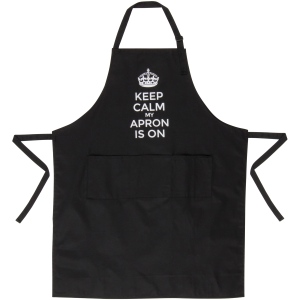I was happy to be given the opportunity to try out the Our House brand of pancake mix and AP flour. The AP Flour is fairly straight forward: long grain brown rice flour, rice flour, sorghum flour, & xanthan gum. Nothing that would affect taste or texture over much. What I enjoyed the most, though was the pancake mix! I love pancakes! I have tried many recipes and mixes before, only to find their taste or texture sub par. The Pancake & Waffle mix has a few more ingredients: Rice flour, long grain brown rice flour, cane sugar, sorghum flour, baking powder, salt, xanthan gum, tapioca starch, & natural flavor. Aside for the “natural flavor” (which always makes me wonder), the ingredients are recognizable. You also add similar ingredients as you would to a glutenous mix. Eggs, milk (almond for me), oil, water.

The ingredients blended pretty easily and formed an initially liquid batter. Because of this, I mixed in in a large measuring cup. I learned this trick from my Mother-in-Law. It makes it easier to pour the batter into the skillet. Less mess!

However, as you can see below, the batter thickened while I was waiting for the skillet to heat up. It ended up being too thick to pour, so I had to use a measuring cup to portion out the pancakes anyway.

The end result was spectacular! The pancakes cooked much like glutenous pancakes do, with bubbles rising to indicate doneness. They cooked way lighter (not golden) than wheat pancakes do, so you have to keep an eye on those bubbles to judge when they are ready. As you can tell from the photo below, they have an excellent crumb structure. Light and fluffy, not dense or grainy. They tasted great too! I made both plain and chocolate chip and served them with my whipped vanilla “butter.” So yummy!

Our House offers a complete line of baking mix products, including: all-purpose flour, brownie mix, cookie mix, pancake and waffle mix, corn bread mix, and baking mix. Please visit the Our House Website for more information on their products and where to purchase them.
Disclaimer: I received this product for free in exchange for an honest and unbiased review. All my opinions are my own. One may or may not have the same results as myself when using this product.












